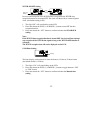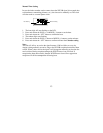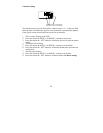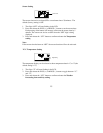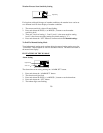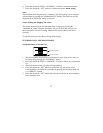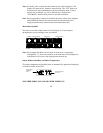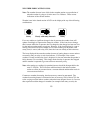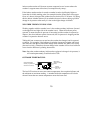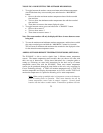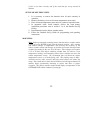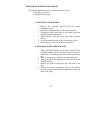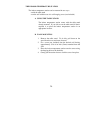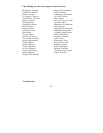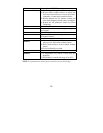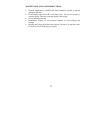
20
indoor weather station will be more accurate compared to use in areas where the
weather is stagnant most of the time (for example mostly sunny).
If the indoor weather station is moved to another location significantly higher or
lower than its initial standing point (for example from the ground floor to the upper
floors of a house), disregard the weather forecast for the next 12-24 hours. By doing
this the indoor weather station will not mistake the new location as being a possible
change in air-pressure when really it is due to the slight change of altitude.
WEATHER TENDENCY INDICATOR
Working together with the weather icons is the weather tendency indicators (located
on the upper left and right side of the weather icons). When the indicator points
upwards, it means that the air-pressure is increasing and the weather is expected to
improve, but when indicator points downwards, the air-pressure is dropping and the
weather is expected to become worse.
Taking this into account one can see how the weather has changed, and is expected
to change. For example, if the indicator is pointing downwards together with cloud
and sun icons, then the last noticeable change in the weather was when it was sunny
(the sun icon only). Therefore, the next change in the weather will be cloud with rain
icons since the indicator is pointing downwards.
Note: Once the weather tendency indicator has registered a change in air pressure, it
will remain permanently visualized on the LCD.
OUTDOOR TEMPERATURE:
The last LCD section can show the outdoor temperature, the reception indicator and
the minimum or maximum reading. A number beside the temperature will also be
shown if more than one remote temperature sensor has been used.
Outdoor
temperature
in °F or °C
MAX or MIN
display of selected
sensor
Sensor identification
number (only if there are
more than one sensor)



